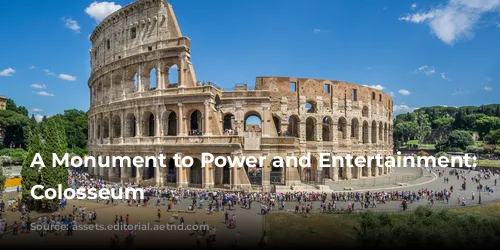The Colosseum, a name synonymous with ancient Rome’s grandeur, stands as a testament to the Flavian Dynasty’s reign and the remarkable feats of Roman engineering. This iconic structure, known for its bloody gladiatorial contests and animal spectacles, offers a captivating glimpse into the past.
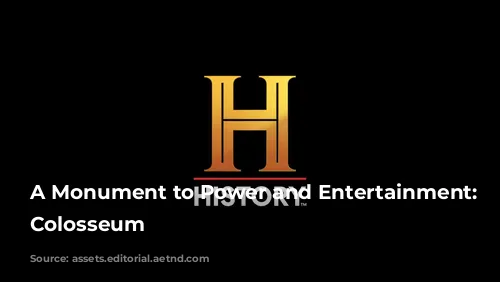
A City Reborn: The Rise of the Colosseum
Following a period of turmoil marked by fire, plague, and civil war, Vespasian, upon becoming emperor in 69 A.D., embarked on a monumental rebuilding program. His dynasty, comprising Titus and Domitian, breathed new life into Rome. As part of this ambitious project, Vespasian commissioned the construction of the Colosseum in the heart of the city, using the spoils of war from the siege of Jerusalem during the First Jewish-Roman War. Dedicated a decade later, the Colosseum served as a powerful symbol of Rome’s resurgence, a beacon of its newfound strength.
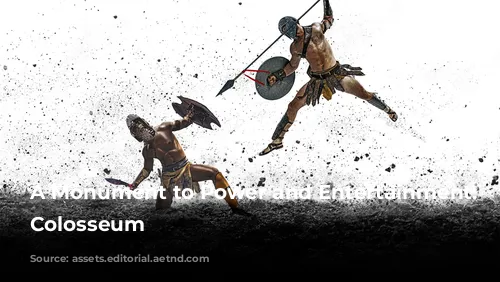
An Engineering Marvel: Building a Giant
The Colosseum wasn’t just a spectacle; it was an architectural marvel. Built primarily from concrete, travertine, marble, stone, and timber, it reached an impressive height of 157 feet, equivalent to a 15-story building. With a capacity of 50,000 to 80,000 spectators, it stood as the largest and most complex permanent amphitheater in the ancient world.
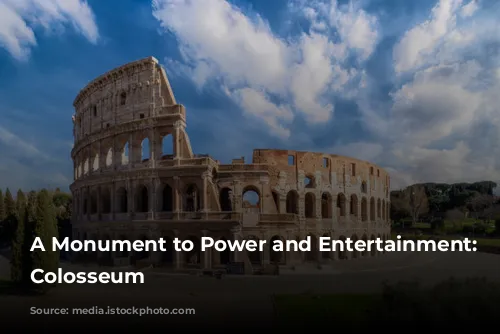
Erasing Nero’s Legacy: A Political Statement
The construction of the Colosseum was more than just a grand architectural project; it was a carefully crafted political statement. Built on the site of Nero’s opulent Domus Aurea, an estate featuring an artificial lake and a colossal bronze statue of himself, the Colosseum aimed to erase the memory of the unpopular emperor.
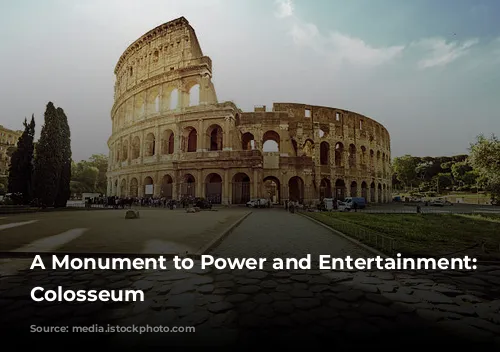
A Show of Power and Social Order
The Colosseum also served as a means of reinforcing Roman social order. By providing a space for public entertainment, it allowed the Flavian Dynasty to maintain control and solidify their position. It was a masterful display of power, subtly highlighting the rigid social hierarchy of Roman society.
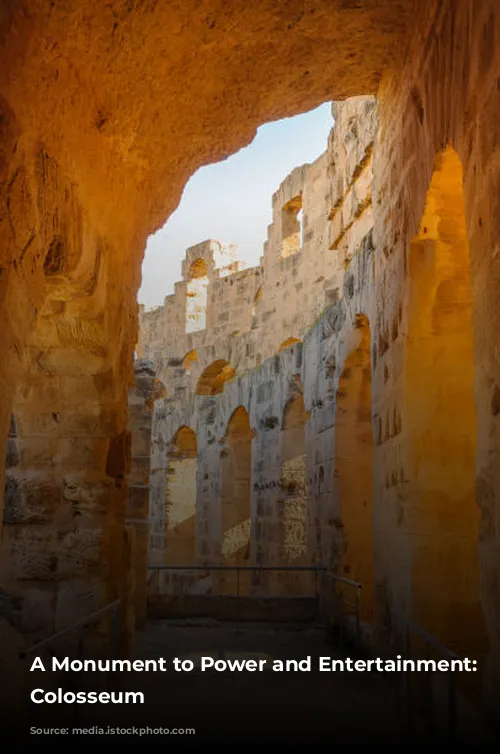
Segregation by Status: A Seating System for the Elite
The Colosseum boasted a distinct seating system reflecting Roman society’s strict hierarchy. The best seats, closest to the arena, were reserved for the Emperor and the senatorial nobility. The Equestrian order, comprised of wealthy merchants, artisans, and bureaucrats, occupied the next tier. The vast majority of the population, including women, foreigners, and the poor and enslaved, were relegated to the higher seats.
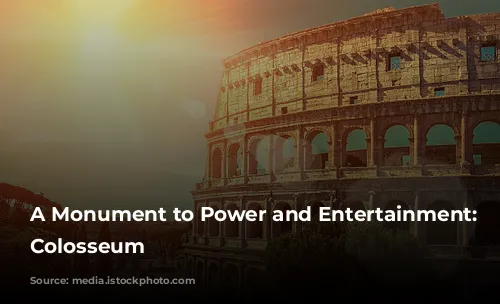
A Well-Organized Spectacle: Entry and Exit
The Colosseum was designed to accommodate its massive crowds with remarkable efficiency. Four entrances were designated for the elite, while 76 entrances catered to ordinary citizens. Corridors effectively separated social groups, preventing mingling and ensuring order. Despite the segregation, the Colosseum’s elliptical architecture ensured that all spectators had a clear view of the action within the arena.
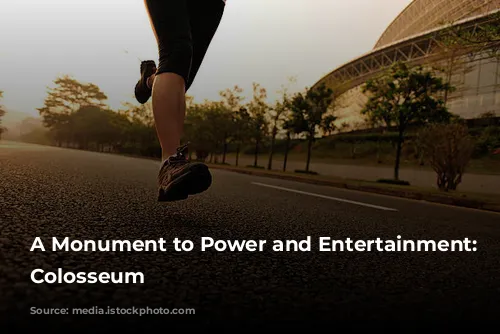
The Architectural Legacy of the Colosseum
The Colosseum’s influence extends beyond its historical significance. It represents a pivotal moment in architectural innovation, marking a shift from temporary wooden structures to grand, permanent arenas. Its use of concrete, a revolutionary material for the time, allowed for the creation of a massive and durable structure.
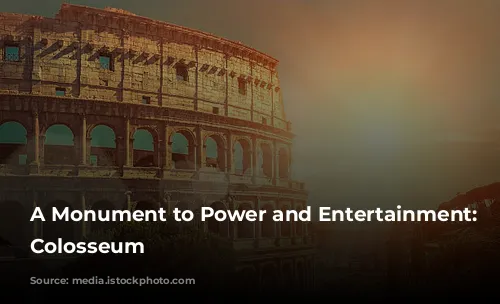
A Testament to Engineering Brilliance: The Colosseum’s Durability
The Colosseum’s impressive endurance, standing for over 2,000 years, can be attributed to its solid concrete foundation. Built in a wetland area near the Tiber River, with challenging soil conditions, the foundation had to be exceptionally strong to support the structure’s weight.
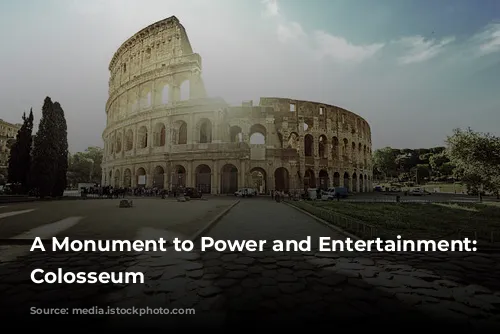
Innovations Beyond Concrete: The Colosseum’s Technological Advancements
The Colosseum showcased a range of technological innovations, enhancing the spectacle for both participants and spectators. Its sophisticated drainage system allowed for mock sea battles to be staged in the arena. A retractable awning provided shade from the sun and rain, while a complex network of chambers and tunnels beneath the arena, known as the hypogeum, housed props, scenery, and participants. The Colosseum’s ingenious system of trap doors, pulleys, and lifts created dramatic entrances for combatants and scenery, adding to the spectacle.
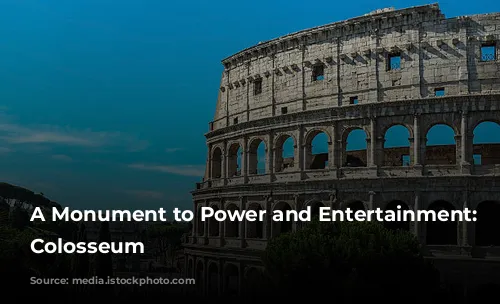
The Source of Funding: Booty from Jerusalem
The Colosseum’s construction was funded in part by the spoils of war, specifically the booty taken from the Jerusalem Temple during the First Roman-Jewish War. An inscription at the Colosseum confirms this, stating that the Emperor Titus Caesar Vespasian Augustus ordered the construction using the proceeds from the sale of the booty.
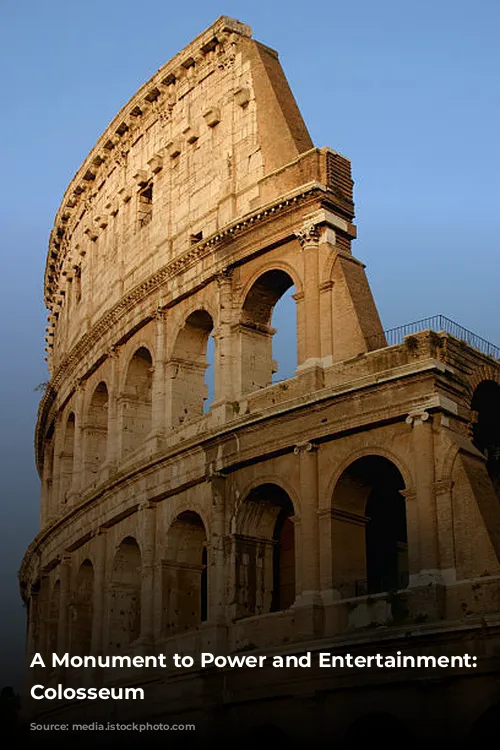
The Labor Force: A Controversial Debate
The Colosseum’s workforce remains a topic of debate. While some scholars believe the construction was fueled by 100,000 Jewish slaves captured during the Siege of Jerusalem, others question the reliability of this assertion, highlighting its lack of historical evidence.
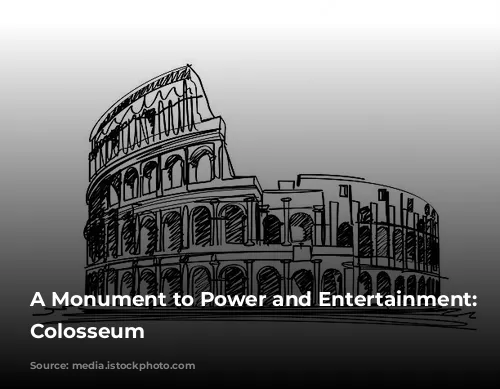
A Lasting Legacy: The Colosseum’s Influence on Modern Sports
The Colosseum has left a lasting legacy, inspiring the design of modern sports stadiums. Its use of arches for support, its elliptical shape, and its organized system of seating, influencing entry and exit based on social status, are all fundamental elements found in modern arenas.
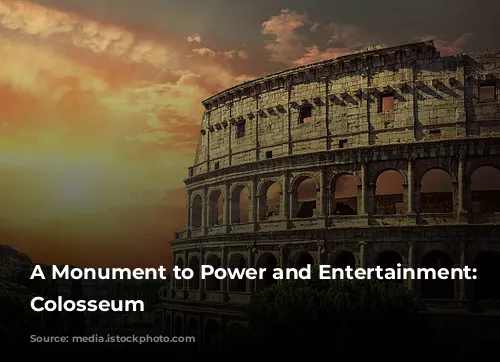
A Timeless Symbol: The Colosseum’s Enduring Appeal
The Colosseum remains a timeless symbol of Roman power, engineering prowess, and the enduring allure of spectacle. It continues to captivate visitors with its sheer scale, architectural ingenuity, and the stories it whispers about the past.
